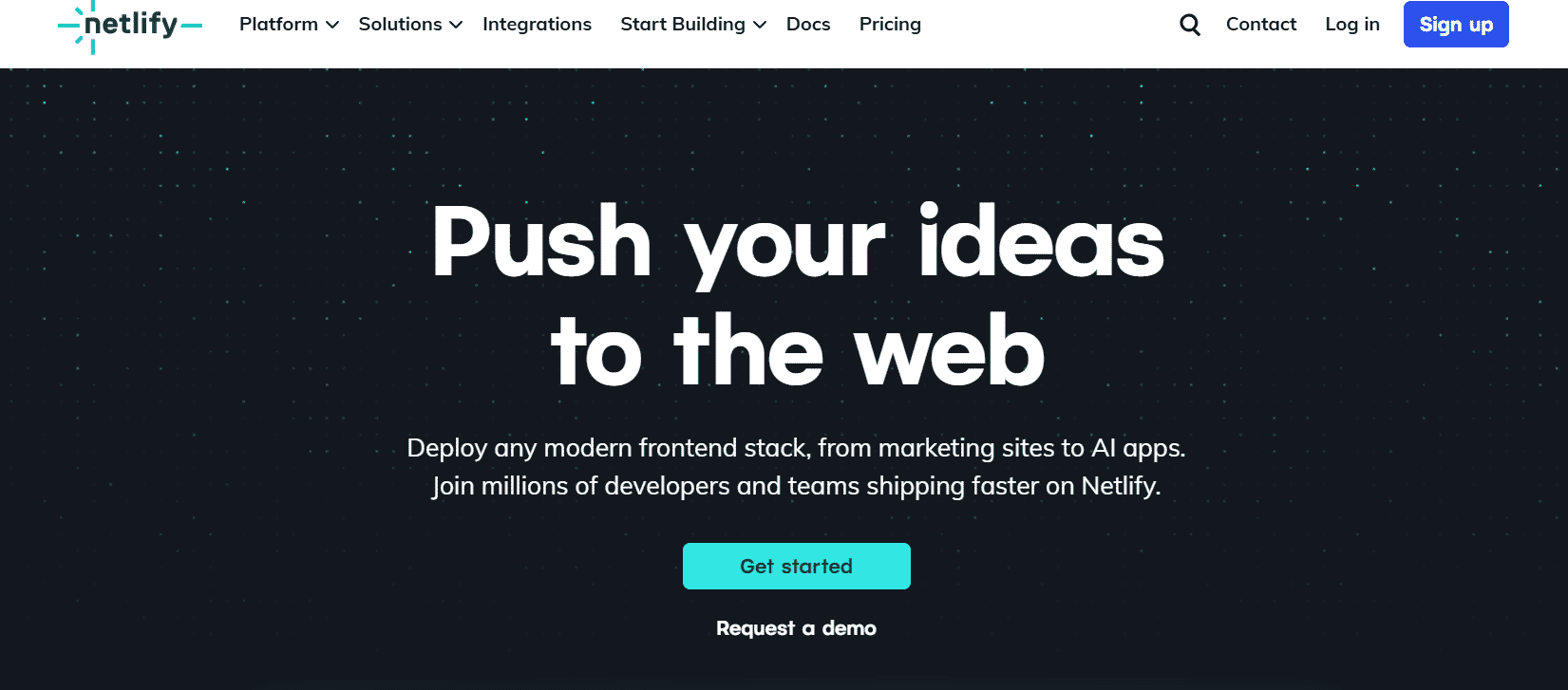In today's cloud deployment landscape, developers have more options than ever for hosting web applications. Two popular platforms that often come up in comparison discussions are Vercel and Render. Both offer streamlined deployment experiences but with different focuses and feature sets. Let's explore how they stack up against each other.
Developer Experience
Vercel excels at providing a frictionless experience, particularly for frontend frameworks. Its tight integration with Next.js (which Vercel created) results in an exceptionally smooth workflow. The platform detects your framework automatically and applies optimized build settings without configuration.
Render offers a more generalized approach that works well across various project types. While not as specialized for specific frameworks, it provides a clean, intuitive interface that makes deployment straightforward for most applications.
Performance and Edge Network
Vercel leverages a global edge network that delivers content from locations close to users, resulting in impressive load times. Their infrastructure is particularly optimized for static content and serverless functions.
Render also provides a global CDN, though with fewer edge locations than Vercel. For most applications, the performance difference won't be noticeable, but Vercel might have an edge for highly traffic-sensitive applications.
Pricing Structure
Vercel offers a generous free tier that includes:
- Personal hobby projects
- Unlimited static sites
- Serverless functions with usage limits
- Team collaboration features become available in paid tiers
Render provides:
- A free tier suitable for smaller projects
- More straightforward pricing for databases and services
- Generally more predictable costs for growing applications
For small to medium projects, both platforms offer viable free options, but as applications scale, pricing considerations become more nuanced depending on your specific needs.
Backend Services
Vercel focuses primarily on frontend and serverless architectures. While it handles API routes and serverless functions beautifully, it's not designed for traditional backend services that require long-running processes.
Render shines with its broader service offerings, including:
- Web services for traditional applications
- Background workers
- Cron jobs
- Persistent disk storage options
This makes Render more versatile for full-stack applications with complex backend requirements.
Database Support
Vercel doesn't provide native database hosting. You'll need to integrate with external database providers like MongoDB Atlas, Supabase, or traditional cloud databases.
Render offers managed PostgreSQL and Redis databases directly in their platform, creating a more unified experience when you need data persistence alongside your application.
Framework Support
Vercel provides first-class support for:
- Next.js (their flagship integration)
- React, Vue, Angular, and other popular frontend frameworks
- Static site generators like Gatsby and Nuxt
Render supports:
- A wider variety of languages and frameworks
- Ruby on Rails, Django, and other traditional web frameworks
- Docker-based deployments for maximum flexibility
Conclusion
Choose Vercel if:
- You're working primarily with modern JavaScript frameworks, especially Next.js
- Frontend performance is your top priority
- You value development experience and simplicity above all
Choose Render if:
- You need traditional backend services alongside modern frontend apps
- Your application requires managed databases
- You're looking for more flexibility in deployment options
Both platforms represent the modern trend toward developer-friendly cloud services that abstract away infrastructure complexities. Your specific project requirements and team preferences will ultimately determine which platform makes more sense for your needs.
The ideal choice depends on where your application sits on the spectrum between cutting-edge frontend technology and traditional full-stack development patterns.
